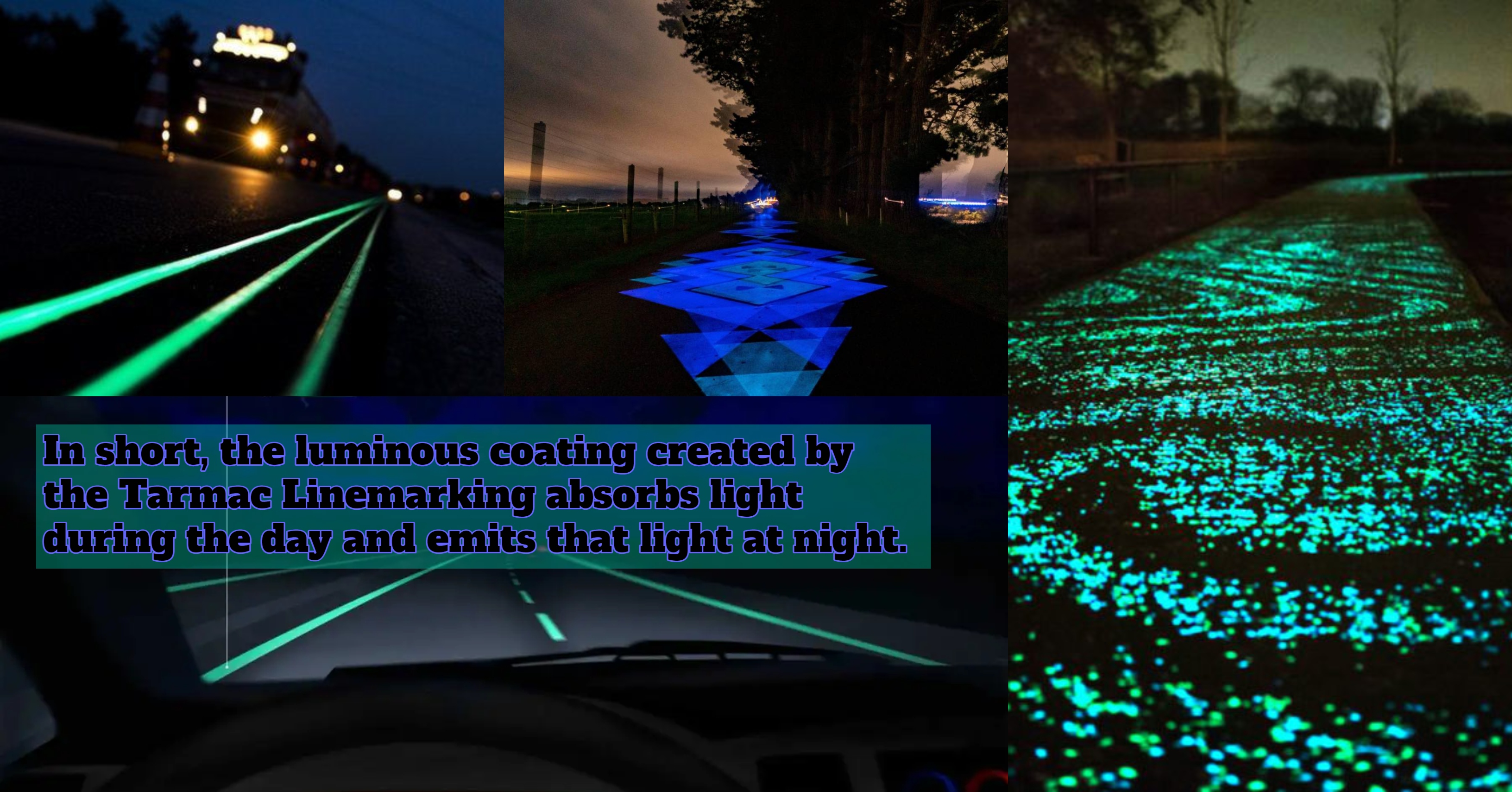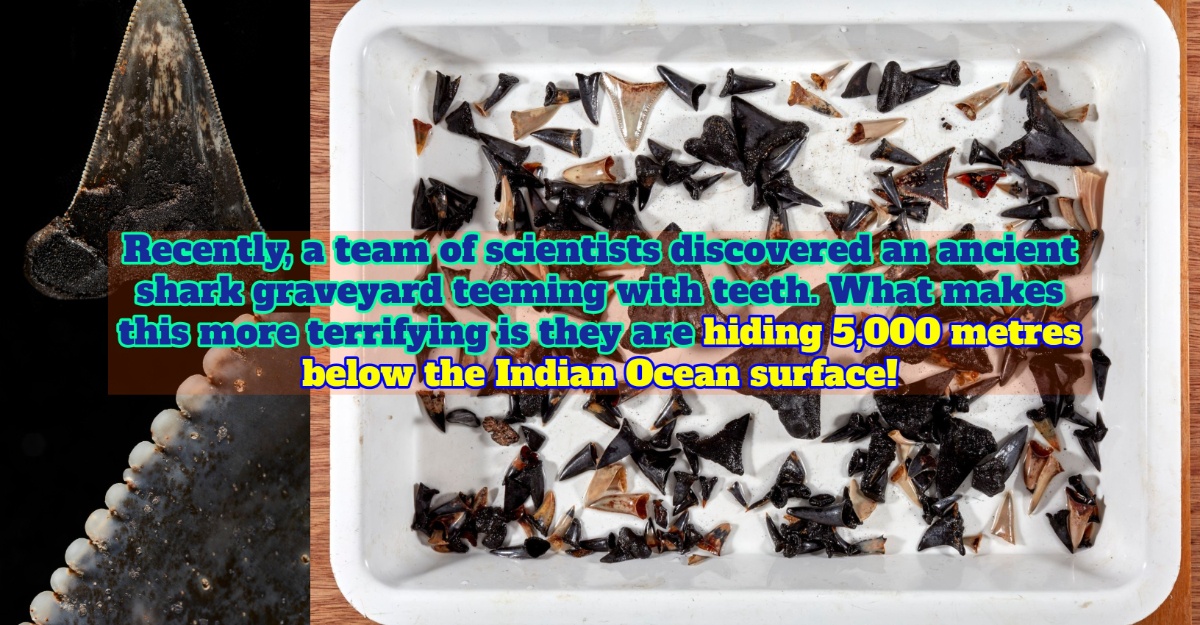What are glow-in-the-dark roads and pedestrian lines? Those are new things for road users in Malaysia. However, it is different for road users in Australia, New Zealand, and the Netherlands.
The countries that apply glow-in-the-dark road marking line
Photoluminescence was installed along Metung Road for about one kilometer last May. Tarmac Linemarking, based in Braisdale. Australia has collaborated with VicRoads and OmniGrips to apply photoluminescence on roads in remote areas.
This project costs AUD$4 million (about RM12.5 million). It is part of the budget under the road safety program managed by the Victorian Government Department of Transportation. The overall budget is AUD$457 million (approximately RM1 billion).
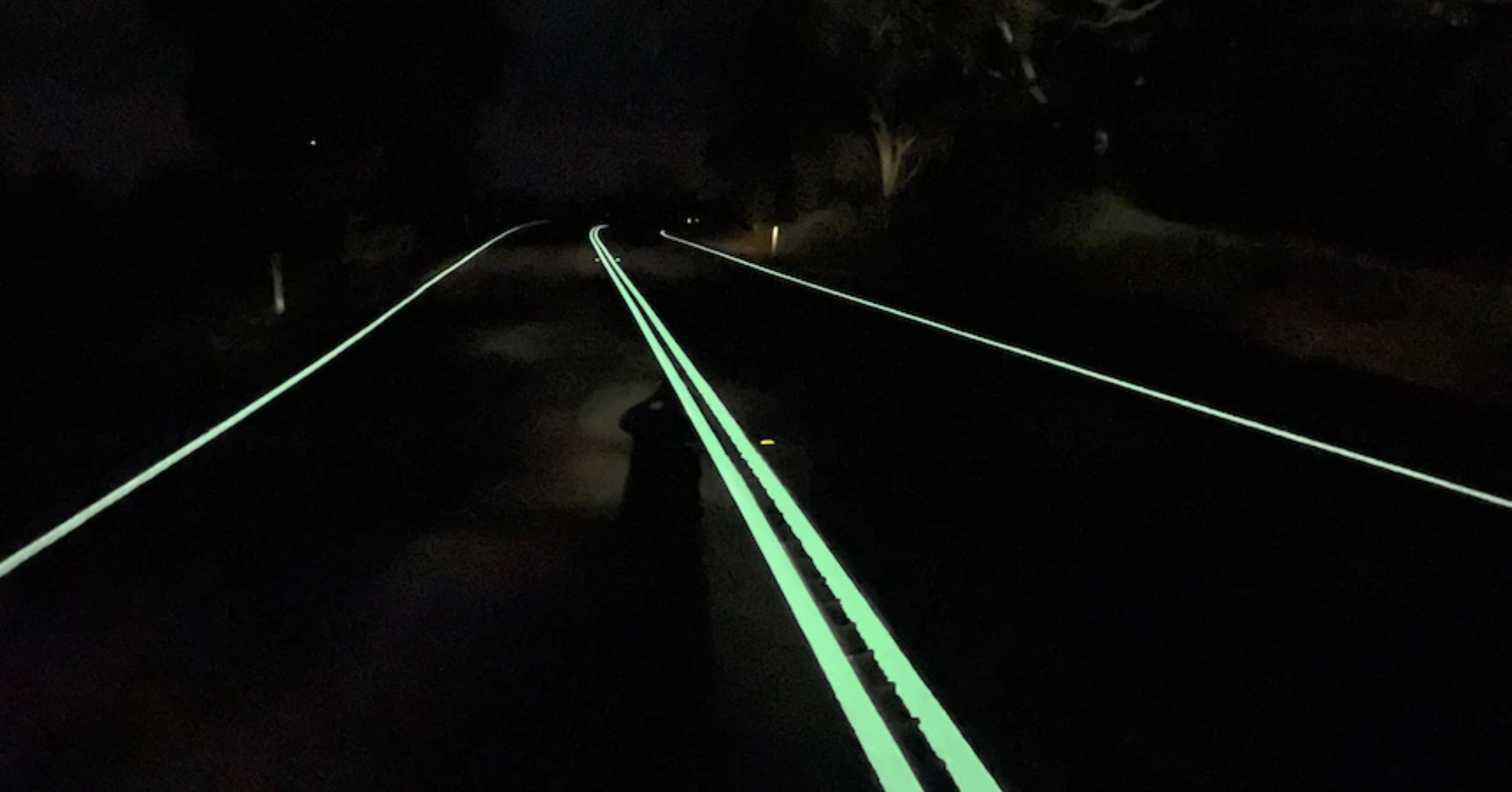
Picture: Google
It is no less effective than in New Zealand when a product under Ambient Glow Technology (AGT™), which uses fine sand that glows and can last long, applies glow-in-the-dark on the pedestrian path along the Manawatū River in Palmerston North near the He Ara Kotahi bridge. The pedestrian path benefits the residents to walk, jog and cycle safely.
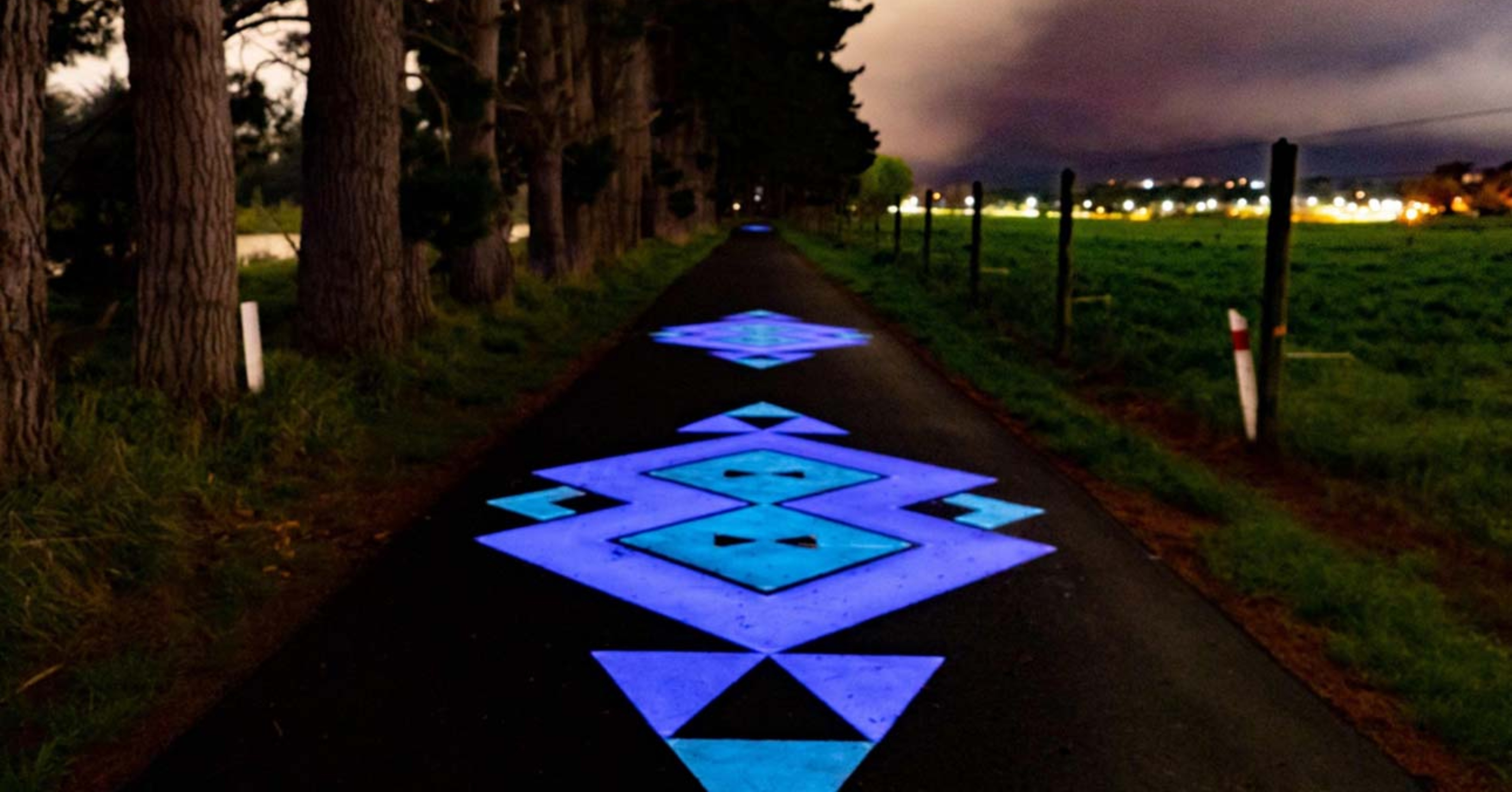
Picture: Google
The application of glow-in-the-dark material is not a new thing. The Netherlands used glow-in-the-dark material on a 100-kilometer highway in 2014. But every time there is a plan to use the material, the durability and quality will continue to improve.
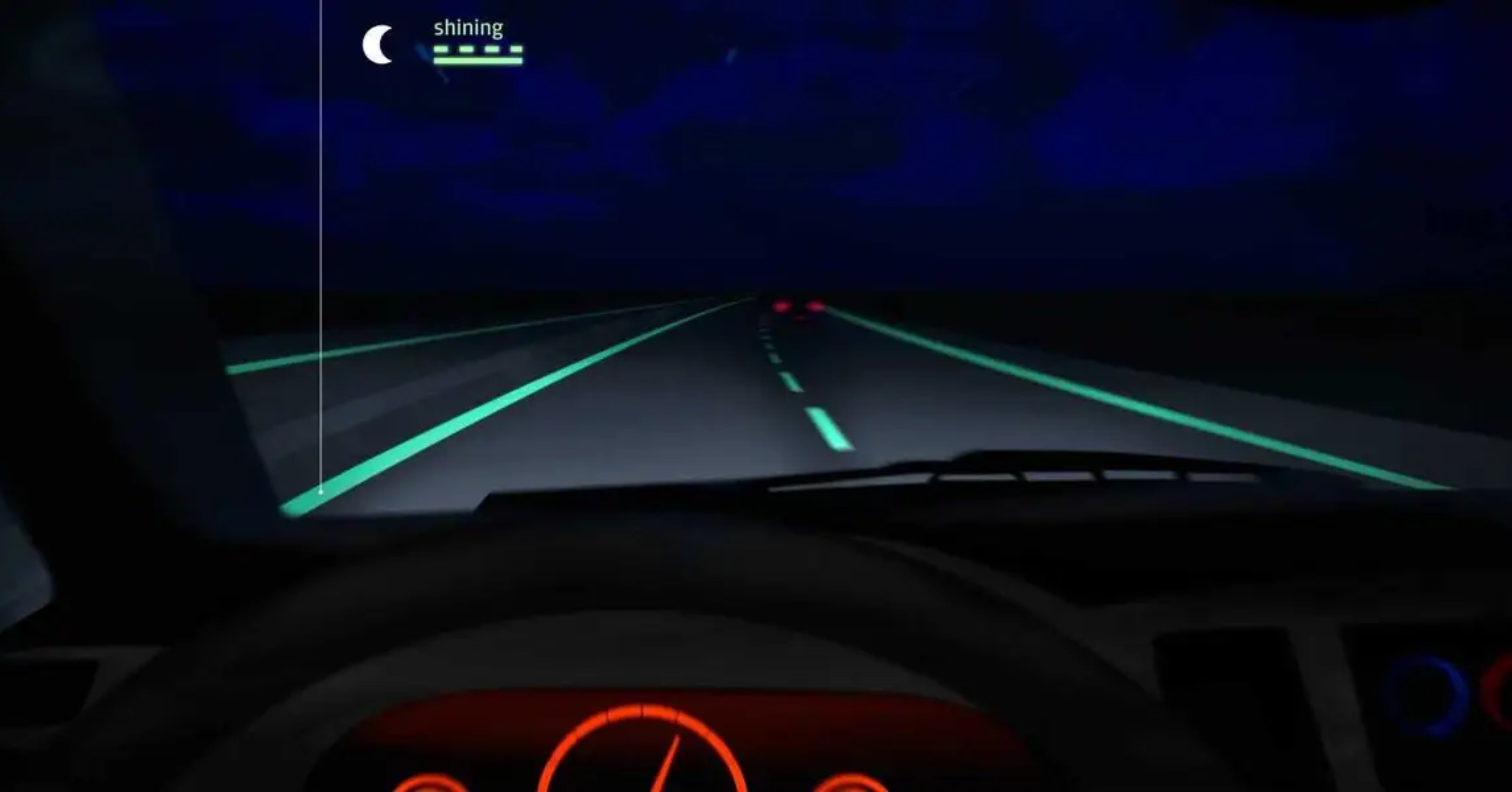
Picture: Google
The benefits of using glow-in-the-dark materials on the road
Photoluminescence and fine glow sands are the materials that help reduce road accidents. At the same time, it does not require the installation of street light infrastructure. Thus, the government can save on monthly maintenance.
Sources: ABC News, Interesting Engineering, Ambient Glow Technology (AGT™), Oddity Central

